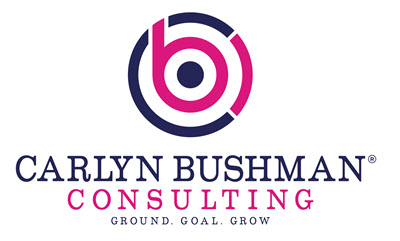CMB Brands, LLC ©️ | Website by Maximize Digital Media
Privacy Policy | Terms & Conditions | Copyright Notice | Social Media Disclaimer

 My Favorite Business Podcasts 2024
My Favorite Business Podcasts 2024It Feels Like Carlyn Owns My Company With Me
Simply put, Carlyn is a competent, caring, hardworking consultant. It actually feels like she owns my company with me. She is invested and interested in IT and helping ME. She’s the kind of person when you need a million things done, she can make you heave a sigh of relief because you know you’ve got her on your side to help you get them done.
My Sales Skyrocketed 90% in 6 Months
Within the first 6 months of working with Carlyn Bushman Consulting, my sales skyrocketed by 90%. When I was afraid and had doubt in my eyes, Carlyn and her team believed in me and my brand. They never lost that momentum. Carlyn Bushman Consulting will level-up your business in ways that you may not have known possible.
Record Growth
I met Carlyn a few years ago through an acquaintance who was wearing my apparel. We quickly developed a friendship and professional bond. We started meeting monthly, discussing our business, and I quickly knew Carlyn would be a great asset to my company. I hired Carlyn last year, and we have seen record growth since. I highly recommend Carlyn to help any new start-up business or an established business that needs an extra push.
Amateur to a Pro in Business
My first meeting with Carlyn was for branding photography. When we had our planning session for her business, the conversation always turned to talking about my business. That is exactly who Carlyn is. When she believes in you or your product, she becomes passionate in helping you achieve success! Carlyn Bushman Consulting has taken me from an amateur to a pro on the business side of my photography! She is not only a consultant for your business, she is an encourager, support and cheerleader as well!
CMB Brands, LLC ©️ | Website by Maximize Digital Media
Privacy Policy | Terms & Conditions | Copyright Notice | Social Media Disclaimer

 My Favorite Business Podcasts 2024
My Favorite Business Podcasts 2024